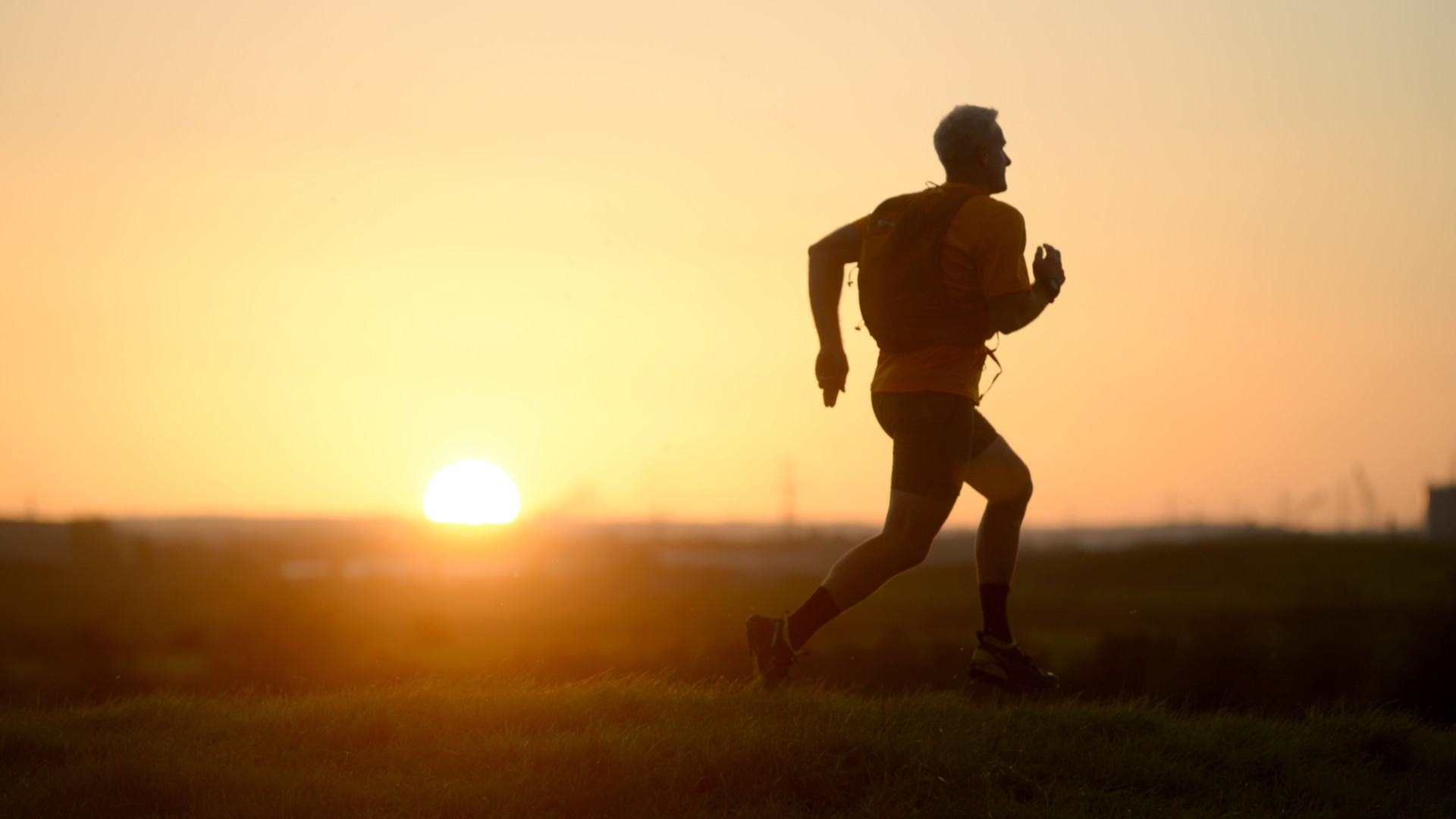

Nothing quite beats a long, leisurely backpacking trip through the wilderness but, these days, our lives are more busy than ever and time is limited. But, what if we told you there’s a way to hike further and see more sights, but in a fraction of the time of a through-hike? Well, there is! It’s called fastpacking.
You may have come across the term before, especially as more outdoor brands are designing apparel catered towards this type of trek. Fastpacking is a hybrid of trail running and lightweight backpacking rolled into one, and it could be just the thing if you love a little running, buzz off adventure, and have limited time on your hands.
Intrigued to try it yourself? Here’s everything you need to know.
What is fastpacking
“Fastpacking is somewhere between ultra running and lightweight hiking,” says Montane Athlete, Katy Parrot, who fastpacked the GR20 across Corsica, the toughest walking route in Europe— it’s 200 kilometres long!
“You’re still covering quite a lot of distance and you’ll be carrying a lot more kit than if you were ultra running, but not as much as if you were hiking. The whole point is to go fast and light, by carrying as little as possible, but also having everything you need to sustain you for multiple days.”
It sounds very similar to speed hiking, and while the two do have similarities, the main difference is your clothing and footwear choices. “For fastpacking I will generally wear trail running shoes, rather than hiking boots, so you’ve got the option to run as well,” Katy adds. You'll also opt for running clothing when fastpacking.
What are the benefits?

1. See more in less time
Get all the latest news, reviews, deals and buying guides on gorgeous tech, home and active products from the T3 experts
Maybe you don’t have enough holiday left at work to do that seven-day trek you’ve always wanted, or maybe your schedule is too rammed, this is the beauty of fastpacking. You can cover long trails in a matter of days. “It hits the happy medium between covering loads of ground, but without carrying ridiculous amounts of kit,” says Katy. Plus, unlike ultra running, you’ve actually got more time to stop and take in the views, because you’re not against a clock.
2. Strengthens your muscles and joints
Fastpacking is great for your cardiovascular system and muscle endurance. The extra weight from your hiking backpack (despite being light) means your upper and lower body muscles will be working harder. Picking up the pace and different elevations will also elevate your heart rate, improving your cardiovascular health and burning more calories.
3. It’s far more sociable
Ultra running and talking don’t exactly go hand in hand, especially if you’re trying to clock a good finish time. But, with fastpacking, you have the freedom to do this as your pace varies; you could be hiking up a steep hill, running downhill and jogging on the flat, so there’s plenty of room for socialising and covering lots of ground. Just make sure whoever you go with you really like them.
Fastpacking kit list
The key with fastpacking is to pack only the essentials, the lighter your load the faster you can move on the trails. However, what you pack can vary depending on the duration and type of adventure (you may choose to camp, bivvy, or stay in overnight huts like Katy did whilst fastpacking across Corsica).
Below is Katy’s list of key essentials:
- Fastpack. A backpack with a lightweight design so that you can move fast is key, like the Montane Trailblazer. Anywhere between 24-44 litres will do, but this will be dependvon your adventure.
- Waterproof. A waterproof jacket is a must for every outdoor adventure, never rely on the weather forecast.
- Water. Katy likes the Montane Water Ultraflask bottles as they are lightweight and collapsible, and therefore take up minimal room in your pack.
- Food/snacks. Energy bars and gels are popular choices, but it's what works for you. Katy's go-to snacks are crisps and Stroopwafels as they're flat, calorific and easy to pack.
- Clothes. This includes enough underwear, an extra warm layer (like an insulated jacket) and gloves and hat in case the weather takes a turn.
- Medical kit. Essential for any minor injuries.
- Suncream. Even if the weather isn't hot or sunny, you should still wear a good SPF for protection from UV rays.
- Battery pack. To keep your devices topped up on the move you won't want to forget your power bank.
- Head torch. Even if you're doing a day trip you may end up staying out on the trails longer than you think, so a head torch is always key.
- Navigational aid. Take multiple forms, like a GPS device (there's plenty of smartwatches with GPS built-in) and a map.
- Lightweight sleeping bag. A down sleeping bag, like the Rab Neutrino 400, is best as these fold down small and are super light.
- Lightweight tent. A backpacking tent is ideal as you want it to be very small and light. You may also consider a bivy or a tarp.
- Sleeping mat: For insulation and comfort.
- Flip-flops. "It's important in the evening to air your feet out, especially with multi-day trips, otherwise feet can become a big problem," says Katy.
- One little luxury. Although there isn't room for lots of these, Katy says one won't hurt, whether that be an inflatable pillow or Kindle, just keep it small!
- Poles (optional). Katy likes using carbon poles to help with accents and descents, and they're super lightweight.

How to get started
If you're completely new to fastpacking, it may be best to buddy up with someone who's done it before or to seek out a hiking or trail running community in your local area. "If you can find a sort of tribe who are going to be your cheerleaders, that's a really good place to start," says Katy.
You don't have to go crazy either, Katy suggests start by seeking out some good hills in your local area or nearby and to go from there! "If you're interested in doing anything abroad, but don't have the confidence to go alone, then there's there's loads of companies who do expedition-style trips, like Much Better Adventures."
You don't have to be superhuman 'fit' or spend months training to fastpack either. However, you will want to have a good aerobic capacity, as you'll be switching between running, jogging, and hiking. If you don't have a good level of fitness, you may spend the entire time praying for your adventure to come to an end, and that's no fun.
Make sure you familiarise yourself with your route beforehand, tell someone where you're going (if venturing alone), and don't forget the right kit! "I always say there's no such thing as bad weather, just not the right kit," says Katy.

Bryony’s T3’s official ‘gym-bunny’ and Active Staff Writer, covering all things fitness. She is a certified personal trainer and also a part-time fitness instructor. In her spare time, you will find her in her natural habitat - the gym - where her style of training is a hybrid of bodybuilding and powerlifting. Bryony loves writing about accessible workouts, nutrition and testing innovative fitness products that help you reach your fitness goals and take your training to the next level.